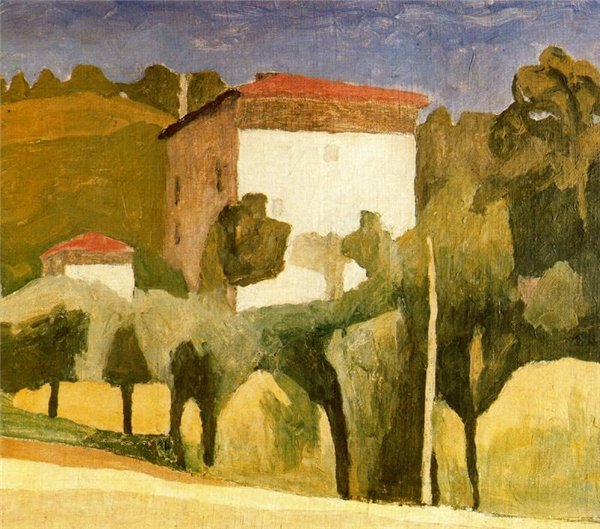
There was a house opposite our tharavad – family home – where I had spent a good part of my first twenty-one years. A quaint, colonial style, occupantless bungalow (words like unoccupied and abandoned don’t seem appropriate in this context) that was called poonthottam veedu or ‘the garden house’ – for obvious reasons. It used to be a source of endless fascination for us, my friend Suma and me. Whenever she came down on vacation, we would plead with the goodnatured groundkeeper until he allowed us to wander around the grounds, and on rare occasions, inside the house, on the condition that we didn’t touch a thing, mind us.
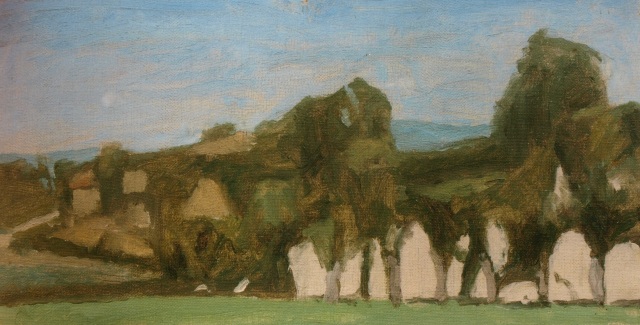
I lost count of the times we had visited it – through our childhood, teenage and youth – until we both left our hometowns for separate metropolises. There was always something new, something fascinating, to discover in that little bungalow with its large yard. A sudden, unexpected flush of yellow lilies that decided to bloom one morning; a large, petrified cement fish that revealed itself when someone decided to clean up the broken fountain; a pattern we had not noticed before on the stunning blue mosaic of the porch; a heartbreaking crack that had developed in our absence on the exquisite sculpture of a cupid and angel locked in a timeless embrace – the one that stood in its niche at the far end of the porch.
We would wonder at the treasures that lay beyond the closed doors, or inside the locked wooden boxes and table drawers. A bathroom window would have sprung open in the night wind, and we would stand on our toes to look at the framed posters of women in wet, transparent dresses that adorned its walls. We would giggle quietly, and talk in hushed whispers about the owner – an artist who had died long before we were born. A collector of beautiful things, a dreamer whose life, in retrospect, must have been far removed from his immediate reality.
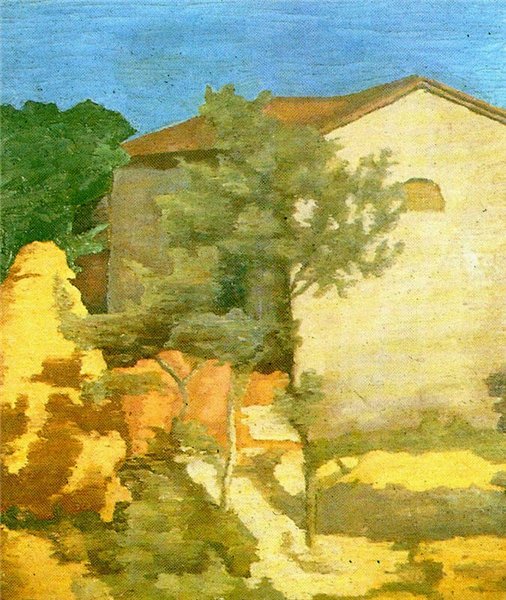
It was our world, Suma’s and mine: intimate, secretive and special, and one we never tired of visiting and revisiting. Whether to walk around, our bare feet crunching the crisp dead leaves that lined the ground, talking about whatever girls talked about at that age; to sit on the dusty porch and hum popular film songs and poetry, Suma’s lovely voice lending tone and depth to my obsessively recalled lyrics; to collect a bunch of lilies that we would carefully place in the hand of the cupid, marvelling at the incredible care with which even the fingernails of the statue had been sculpted…
Or merely to breathe in the air of beauty and mystery that the place held.
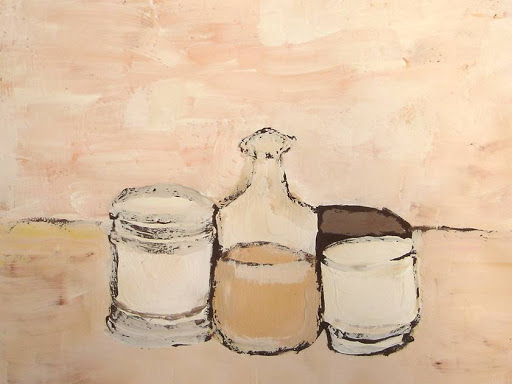
Some books are like that too – mystical in their lure. They fold their arms and smile their MonaLisa smile, and you are hooked. And once you open the cover and step inside their portals, they have you for life. You revisit them any number of times, and there will always be something new to discover: a word here, a nuance there, a phrase that torments you with its possibilities, a sentence that is lit from within, and without shadows when explored in sunlight.
A couple of nights ago I finished reading ‘The Pilgrim’s Bowl’ by Philippe Jacottet: the Swiss poet’s meditations on the oeuvre of the Italian artist Giorgio Morandi, translated into English by John Taylor. Now, I am not educated enough on art, and apart from excerpts from essays by R. Siva Kumar on K.G. Subramanyan’s works, I’ve never read long texts on art. So what I know of Morandi (apart from what I have just read) comes from the internet: that his paintings are ‘noted for their tonal subtlety in depicting apparently simple subjects, which were limited mainly to vases, bottles, bowls, flowers and landscapes’. But The Pilgrim’s Bowl has me spellbound.
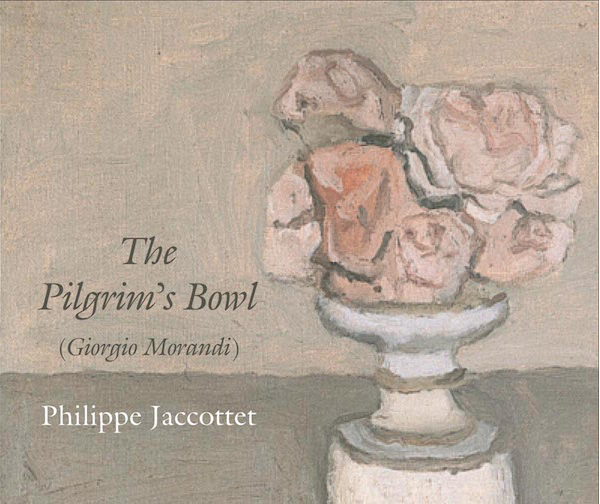
I came to know of ‘The Pilgrim’s Bowl’ because my friends from Twitterland were raving about it. I bought it because it is everything I want a book to be: hardcover, with a lovely jacket, and, and, lovingly produced by Seagull Books. I admit to being unabashedly partial when it comes to Seagull books because they are unfailingly of a quality that books ought to be, in an ideal world. Often much more, because The Pilgrim’s Bowl comes with ‘the painting plates of Morandi’s works pasted in the old fashioned manner when type was set by hand and colour plates printed on smooth (art ) paper and cut and pasted in the book.’ Gorgeous!

Reading a text written by a poet about an artist he deeply reveres is pure pleasure, as I realised while perusing Jaccottet’s words on Morandi. ‘Meditates’ is indeed the only term that describes with a degree of accuracy what the poet does here. Thoughts and words meander – sometimes sure-footedly, sometimes tentatively – to explore the artist and his art with what I would call a childlike wonderment. If ever I get to see Morandi’s works in real life, the experience would be richer for having read The Pilgrim’s Bowl.
I found myself going back and forth, unravelling words, phrases, sentences and paragraphs, exploring them in and out of context, underlining some, scribbling beside others, turning them over and over in my head and looking at them in different lights. The last page seemed to come all too soon.

Despite that sudden, familiar pang as I closed the book and put it down, I know I’m not going to miss this book; not really. Simply because I’ll return to it for sure, and often. How can I not? I’m a collector too. Of stamps, coins and marbles with air bubbles trapped in them; of pebbles, seashells and dried flowers pressed inside books; of books and words; of experiences and leuix dormantes – beautiful ones. And like any collector, I often visit my treasures – to gaze at them, to breathe in their scent, to press my cheeks against them… And sometimes I smile in the darkness knowing that they are mine.
The Pilgrim’s Bowl is the latest to go into my metaphorical box of collectibles – the large wooden one with brass inlay. And each time I feel the need for some quiet words, some ‘…light that would be both internal and remote, and blend with infinite patience’, I’ll open it and take out ‘this small and erudite tome’ and delve into its depths.
The thought makes me smile.

*Most images are courtesy Google Images. Their captions are excerpts from The Pilgrim’s Bowl.

O Minichech! What you have written is no less than poetry!!!
I can visualize everything you mention here!!! It’s fabulously melodious in a deep divine sense!
Cheers! 😀
LikeLike
Thank you so very much, Deepa. You have made my day! So glad you liked it. The book, the words in there, those little images…they resonated in a profound way.
LikeLike
What a moving meditation! You capture so perfectly the essential quality of time spent within the pages of a great book. It is not simply the moment of reading, but the memories that are unspooled and promises of return that are offered.
LikeLiked by 1 person
Thank you so much, Joe! Some books do that to you – they open a window, and sunlight falls on objects you knew existed, but could not recall where… That little book connected in a very profound way.
LikeLiked by 1 person
Mini, you take the reader to a beautiful world along with you.. Wonderful
LikeLiked by 1 person
Thank you, Ravietta. Your words mean so much!
LikeLike
Mini, this is so beautiful…I have no words! This is going to linger in my mind….
LikeLike
Thank you, Vidya. As always, your words leave me humbled. And wanting to write.
LikeLiked by 1 person